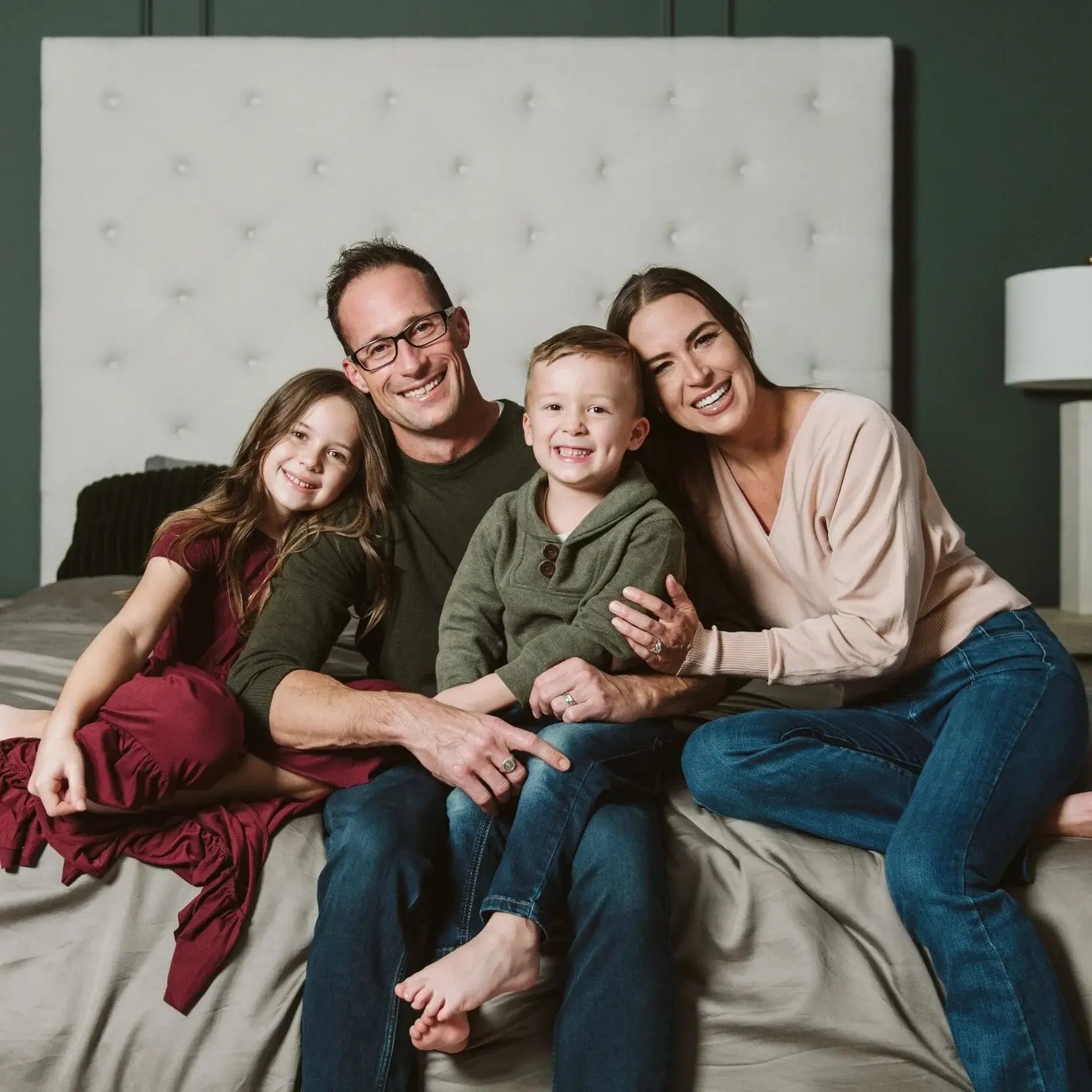Influencer marketing has outgrown its one-and-done roots. The most innovative brands aren’t just borrowing creator reach; they’re building with them.
For years, influencer marketing followed the same formula: find a creator with a relevant audience, draft a brief, and hope for engagement. But the “pay, post, pray” era is fading fast.
As the creator economy matures, so does the strategy behind brand-creator partnerships. Real influence isn’t transactional—it’s structural. The brands driving results in 2025 are co-building IP, sharing equity, and inviting creators into the room before a product launches, not after.
This shift isn’t just about better content. It’s about long-term brand durability in a crowded, attention-scarce market.
Why One-Off Campaigns Are Losing Power
Campaign-based influencer marketing used to work because it was fresh. Now, it's noise.
One-off partnerships might spark short-term buzz, but they rarely build lasting brand equity. Audiences can spot a surface-level sponsorship instantly, and they scroll right past it.
With over 207 million creators worldwide and 69% of consumers trusting influencer content over brand posts, the playbook has to evolve. One-off posts and sponsored templates won’t cut it. The most successful brands are moving from influencer marketing to creator partnerships, tapping into the 3–5x higher conversion rates seen with creator-led brands and the outsized trust and engagement that micro and nano creators deliver.
Creators don’t want to be content vending machines, and consumers don’t want to feel sold to. A quick shoutout on a feed isn't enough to shift perception or inspire loyalty. The brands winning today are the ones shifting from creator marketing to creator integration—thinking long-term, not just campaign to campaign.
Co-Creation Is the Future of Brand Building
More than a buzzword, co-creation is becoming a blueprint for relevance.
Brands are waking up to the fact that creators aren’t just conduits for awareness. They're product advisors, brand voice amplifiers, and cultural translators. When you invite a creator in early—before the campaign, before the product launch—you get more than a post. You get alignment. Ownership. Buy-in from someone with built-in trust and distribution.
And trust is the new algorithm.
Today’s creators don’t want a stack of briefing docs. They want partnership deals that include creative input, revenue share, and a voice in the final product. And when that happens? The results often outperform even the most expensive campaigns.
Real-World Examples: What Strategic Co-Creation Looks Like
Dusen Dusen x Sarah Tang
Brooklyn-based fashion and homeware label Dusen Dusen took a radically different approach: rather than hiring creators to promote products, they brought one inside. Sarah Tang, a 28-year-old filmmaker, creates lo-fi TikToks directly from the brand’s studio, using deadpan humor and absurdist tone that’s become central to Dusen Dusen’s cultural footprint.
These videos aren’t just marketing; they are the brand.
Tang isn’t an add-on. She's embedded in Dusen Dusen’s DNA. This is what it looks like when creator and brand identity are built in tandem, not stitched together post-production.
Alix Earle x Hero Cosmetics
Hero Cosmetics recognized something powerful: one of their most loyal, visible fans was already doing the work. Rather than forcing a polished campaign, Hero tapped Alix Earle, a Gen Z beauty juggernaut, for a limited-edition collab.
But this wasn’t just a name-on-the-box play. Earle contributed to product packaging, campaign creative, and positioning. She had a seat at the table. The result? A sellout drop, widespread coverage, and a moment that felt as authentic to her audience as it was strategic for the brand.
This is what happens when creators are seen as co-builders, not just promoters.
The Rise of Creator-Led Brands and the Pressure on Legacy Players
While traditional brands are still debating whether influencer marketing “works,” creators are building empires.
From skincare to supplements to cookware, creators are bypassing the middleman and launching brands directly into the arms of their audiences. They’ve already earned the trust, and they know exactly what their communities want.
For legacy brands, that’s a wake-up call.
The power dynamic has flipped. Creators don’t need brand partnerships to grow, but brands need creators to stay relevant. The only way to keep up? Lean in early. Collaborate with intention. Build with creators, not just around them.
From Influencer Briefs to Joint Ventures
In this new era of influence, the strongest partnerships don’t revolve around content—they revolve around ownership.
Instead of treating creators like freelancers, brands are inviting them in as stakeholders. That could mean co-branded product lines, joint ventures, or even equity deals that align incentives long-term.
This approach does more than generate content; it builds commitment. Creators go deeper when they have skin in the game. They’re more invested in outcomes, more thoughtful in their storytelling, and more connected to the brand’s success.
You’re not just renting reach. You’re building something together.
How to Build Internal Infrastructure for Co-Creation
The most significant barrier to co-creation? Your org chart.
True collaboration requires more than a savvy social media manager. It demands cross-functional alignment from legal and product to brand and creative. It means shifting the mindset from “approval flow” to “shared vision.”
To do this well, you need:
-
Flexible contracts that allow for creative ownership
-
Clear profit-sharing or affiliate structures
-
Systems for long-term creator relationship management
-
Willingness to relinquish some control in exchange for authenticity
In short, you need to evolve from vendor management to partnership ops.
TL;DR: Co-Creation Is the Shortcut to Brand Longevity
One-off campaigns might generate reach, but co-creation builds relevance.
The brands leading in 2025 are the ones embedding creators at the core of their marketing, product, and culture. Because when someone feels ownership, they bring their audience with them, and they stick around.




.png?width=300&height=300&name=Minimal%20Photocentric%20Productivity%20Blog%20Banner%20(3).png)
